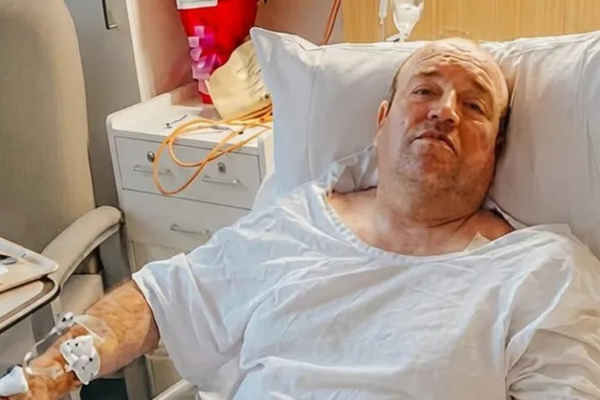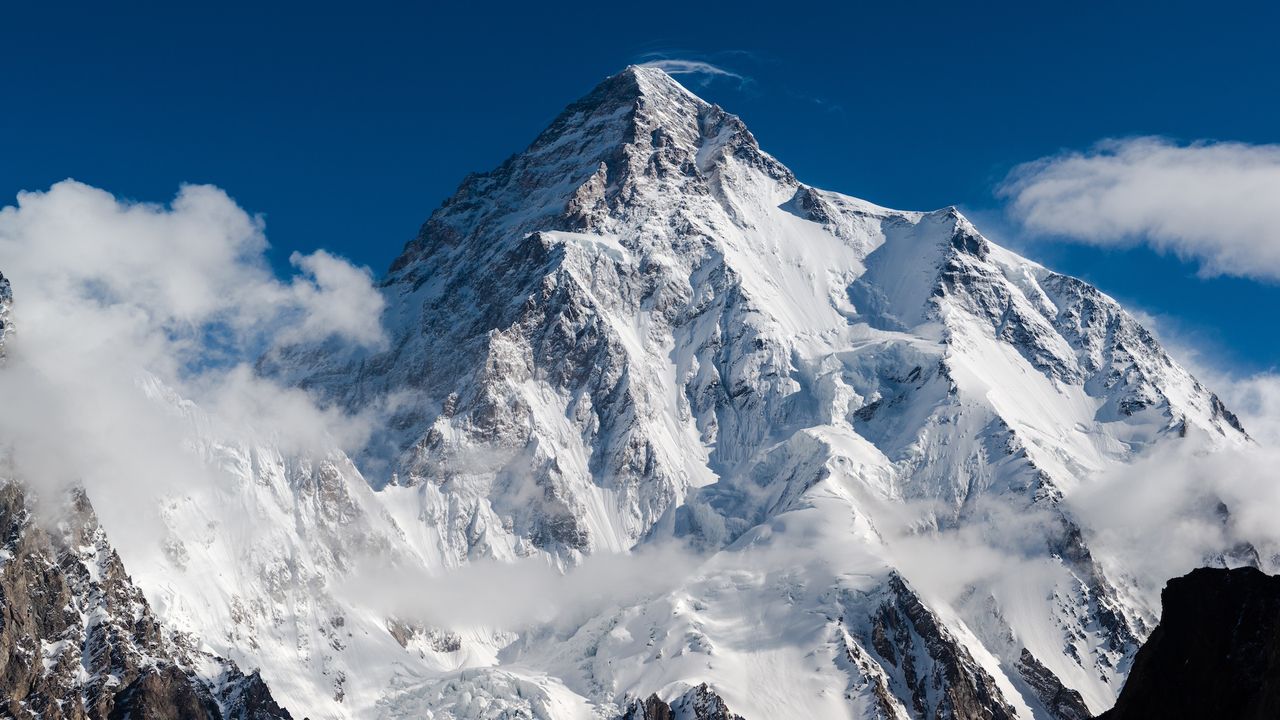
Everest might be the world’s tallest mountain but talk to any mountaineer who has climbed both, and it’ll be K2, the second highest peak on the planet, that makes them go misty-eyed. This staggering pyramid of rock and ice, the loftiest point in Pakistan’s Karakorum, is undoubtedly one of the world’s most beautiful mountains, arguably its greatest and, statistically, its most deadly.
Nicknamed the Savage Mountain, K2 has a dark reputation and it’s objectively more dangerous than Everest. While it poses similar problems in terms of avalanche risk and the complications associated with high altitude, the main routes to K2’s summit are extra technical, steeper and more fraught with unavoidable hazards. Among these are massive overhanging seracs, primed to shear off the mountain at any given moment, obliterating all in their path.
For many years, the summit-to-death ratio on the mountain was in the region of 4:1. For every four people that stood on the top, one would perish. With improving equipment and knowledge of K2’s dangers, this deadly ratio has eased in recent years, to something like 8:1. Nevertheless, the higher flanks of K2 remain one of the world’s most dangerous places.
The events of the 2008 disaster were dark even by K2’s standards. A deadly combination of factors led to the deaths of 11 international mountaineers during the first two days of August. So, what exactly happened during the 2008 K2 disaster?
We asked one of our mountaineering experts to piece together what's been reported about the events surrounding the tragedy. It’s worth bearing in mind that there are many contradictory reports of what exactly occurred, and a 100% accurate picture of the events may never been realized.
The Bottleneck
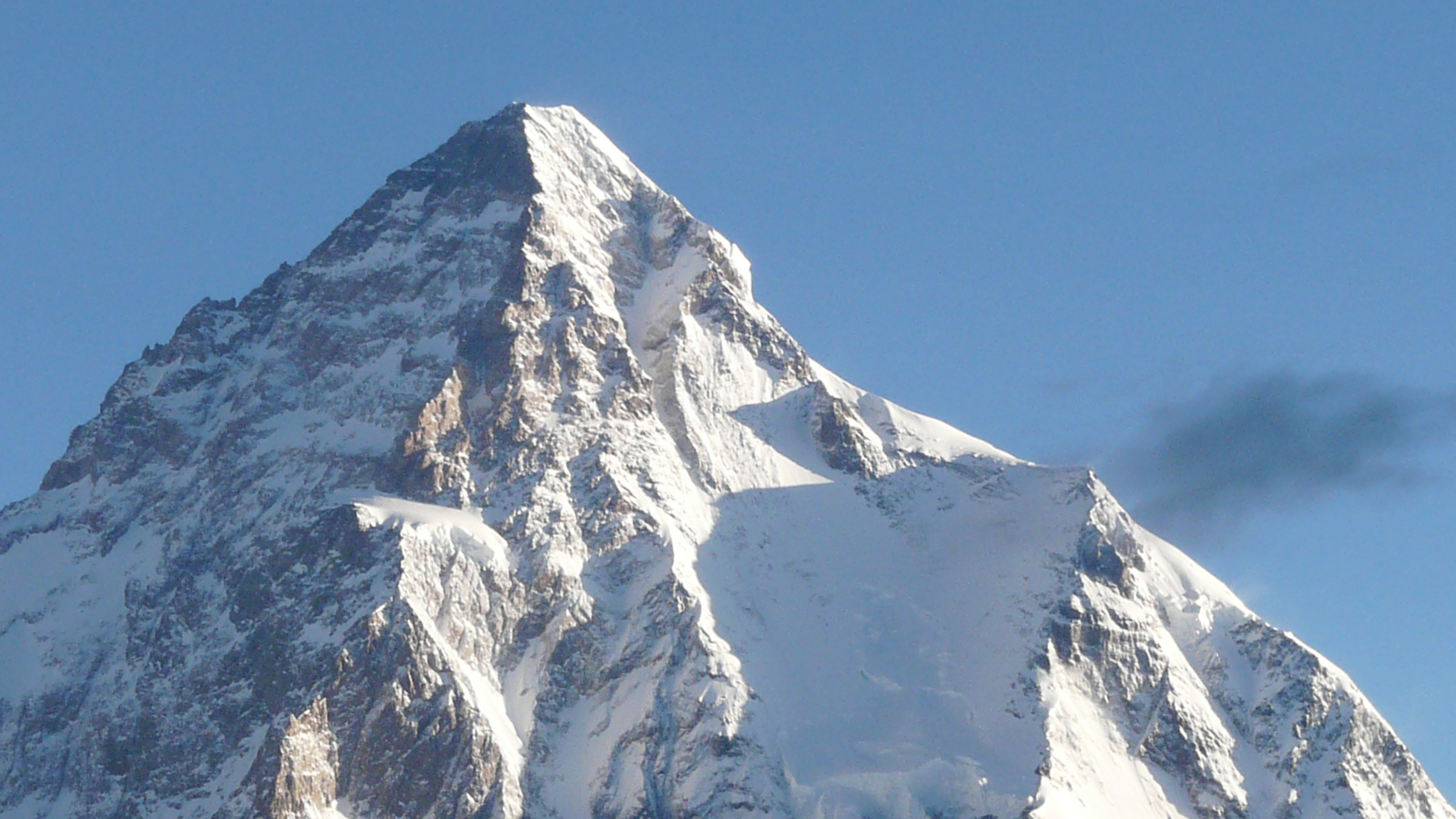
To understand the events of the 2008 K2 disaster, an appreciation of the natural architecture high on the mountain is required, as well as the tactics being used by those trying to climb it. The 24 mountaineers who made a serious bid to climb to the summit on August 1 2008, were ascending the standard route up the Abruzzi Spur.
This is the 'easiest' way to K2’s summit, and it was the route used during the first ascent of the peak in 1954 by an Italian team led by the great Ardito Desio. Lino Lacedelli and Achille Compagnoni achieved the summit but it was the role of the young Walter Bonatti and the subsequent controversy that would live long in mountaineering folklore. But that’s a different story…
The most dangerous part of the Abruzzi Spur route is the Bottleneck, a steep, narrow couloir situated at around 8,200 meters, 400 meters below the summit and well into the so-called death zone. Up here, the amount of available oxygen is scarce and the human body can’t survive for long. Judgement is impaired, upward progress becomes physically challenging and the odds of developing acute mountain sickness increase.

However, altitude isn’t the main hazard associated with the Bottleneck. This high section of the mountain, which climbers are funnelled into whether they like it or not, sits below a serac. A serac is an overhanging block of glacial ice, suspended above the slopes. Serac collapse is one of the ways that an avalanche can be triggered, devastating everything below. Known as the Great Serac, the icy cliff above the Bottleneck on K2 is gigantic.
Just like the much-dissected and publicized 1996 Everest disaster, there were various international teams all vying to reach the summit on K2 in August 2008. They were reliant on fixed ropes for speedy and, therefore, safe progress up this relentlessly steep part of the route. The less time you spend in objectively dangerous parts of a route, the better. The use of fixed ropes is commonplace on these kinds of siege-style mountaineering expeditions, as opposed to the alpinist approach of smaller teams, who rely more on self-sufficiency and minimal kit.
Meet the expert
Who attempted to climb K2 on August 1 2008?
According to Graham Bowley’s classic No Way Down, a book that takes a detailed look at the disaster, there were 24 climbers that made a serious bid to summit K2 on August 1, 2008. The table below lists the individuals, as well as the expedition team they were a part of. The fatalities are indicated by those in bold.
Expedition |
Members |
|---|---|
Norwegian K2 Expedition |
Rolf Bae, Cecile Skog, Lars Flato Nessa, Oystein Stangeland |
Norit K2 Dutch International Expedition |
Wilco van Rooijen, Cas van de Gevel, Gerrard McDonnell, Pemba Gyalje |
Italian K2 Expedition |
Marco Confortola |
Serbian K2 Vojvodina Expedition |
Dren Mandic, Predrag Zagorac, Iso Planic, Mohammed Hussein |
American K2 International Expedition |
Chhiring Dorje |
South Korean K2 Abruzzi Spur Flying Jump Expedition |
Kim Jae-soo, Go Mi-sun, Kim Hyo-gyeong, Park Kyeong-hyo, Hwang Dong-jin, Jumik Bhote, 'Little' Pasang Lama |
Basque independent climber |
Alberto Zerain |
French-led independent expedition |
Hugues d’Aubarède, Karim Meherban |
July 31 – all is not well
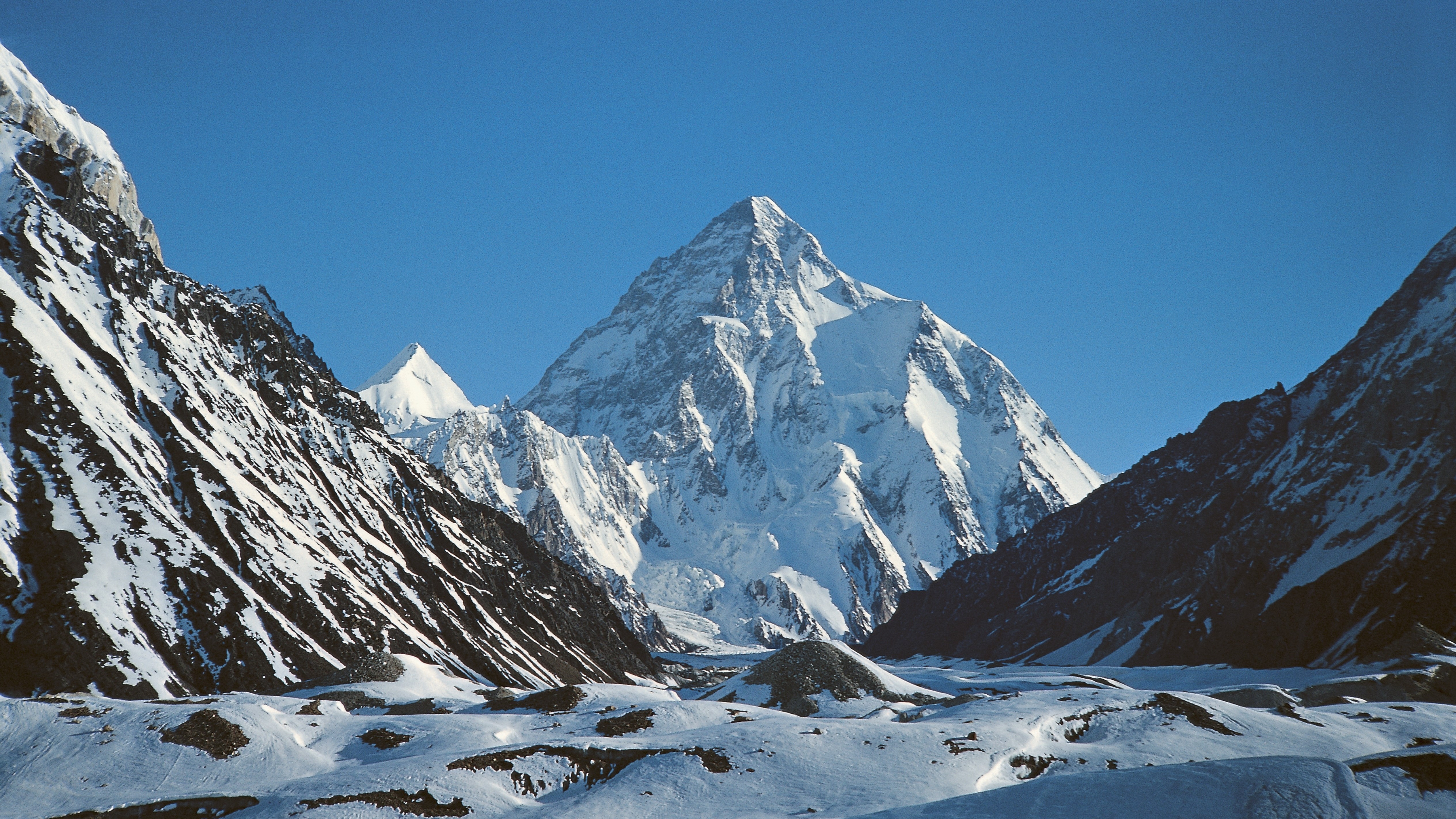
Adverse weather conditions throughout the main season (June and July) meant there were several teams suitably acclimatized to the altitude and chomping at the bit to attempt K2’s summit. Finally, a weather window had arrived and plans were made to fix ropes through the Bottleneck and the section known as the Traverse that followed up towards the summit. An Advance Team would set out early from Camp IV, the final camp, to achieve this. The team included nominated leader Shaheen Baig, a Pakistani who’d claimed the summit of K2 in 2004 and was climbing with the Serbian team, members from the South Korean Flying Jump expedition, two Pakistani high-altitude porters (HAPs), Pemba Gyalje from the Norit Dutch expedition and Karim Meherban, a Pakistani on the French-led independent expedition.
However, the effects of high altitude at Camp IV compromised one of the HAPs and Baig. Things began to unravel. The HAP started heading down, having been coughing up blood, taking a good deal of sorely needed equipment and rope with him. Then, Baig, feeling unwell, opted to remain in his tent. The Advance Team set off, short of equipment and without their experienced leader.
August 1 – delays, tragedy, then catastrophe
In the early morning, the teams made their way from Camp IV up towards the Bottleneck, where a traffic jam ensued. Matters got worse when the Advance Team ran out of ropes to fix while still in the couloir. There was confusion among the climbers below, who discovered fixed ropes much lower than expected. Members of the Advance Team asked those coming up to pull up the ropes towards the bottom, to add to the fixed ropes above. With time ticking on and patience wearing thin, several climbers decided enough is enough and decide to turn back.
Serbian climber Dren Mandic was one of those who opted to continue. He unclipped from the rope to assist the Norwegian Cecile Skog in bringing new rope up to the Advance Team when, all of a sudden, he lost his footing and tumbled down the Bottleneck, falling over 100 meters to his death.
A team set out to recover the body, comprising fellow Serbs Predrag Zagorac and Iso Planić, as well as their HAP Mohammed Hussein and Swedish climber Fredrick Sträng, who’d seen the fall from Camp IV. Surprisingly, they were also joined by Jehan Baig, a HAP from the French team, who Sträng later said seemed oddly incoherent. While recovering the body, Baig began behaving erratically, before falling and sliding down the mountain. The team watched in horror as Baig approached the abyss, seemingly unable to arrest himself with his ice axe. He disappeared over a lip and was never seen alive again.
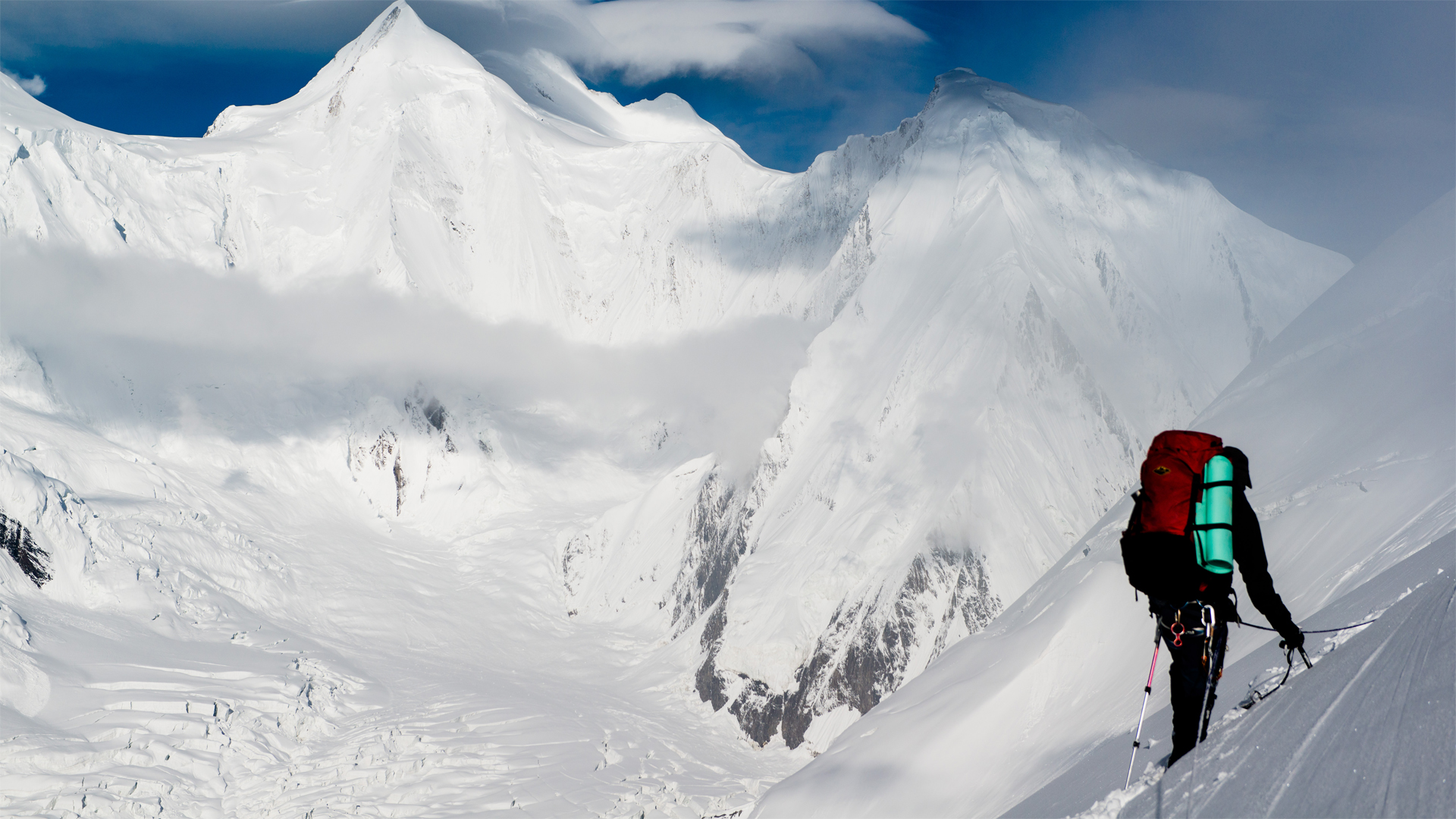
The confusion around fixed ropes, the traffic jam at the bottleneck and the two fatalities had all conspired to make progress agonizingly slow. By 2pm, most of the climbers had made it to the Traverse beneath the summit. Some are feeling the effects of exhaustion and altitude but press on, undoubtedly suffering from classic cases of summit fever. One climber who made the seemingly wise decision to stop was Norwegian Rolf Bae. He told his wife he’d wait, while she continued towards the top.
At around 3:30pm, Basque alpinist Alberto Zerain was the first to reach the summit and he went on to make a safe return through the Bottleneck. Many of the other 17 who’d made it to the summit that day did so much later, some not until 8:00pm. Most then needed to negotiate the Bottleneck in the dark, a challenging proposition even before what was about to occur.
At around 8:30pm, a huge chunk of ice dislodged from the Great Serac. Plummeting through the thin air it was funnelled, disastrously, through the Bottleneck, leaving the fixed ropes in tatters. The resulting avalanche also swept Rolf Bae to his death. He’d been descending the traverse alongside his wife, Cecile Skog, and fellow Norwegian Lars Flato Nessa. Battling their grief, Skog and Nessa managed to continue their descent, fixing a new emergency rope in the Bottleneck.
The climbers above the Bottleneck faced an epic battle in the death zone, cut off from the relative safety of Camp IV, without the ropes or protective equipment to descend the Bottleneck safely and without knowledge of the new emergency rope. They’d have to free solo the downclimb, a hugely demanding ask in their oxygen-starved, exhausted states. Italian Marco Confortola and Irishman Gerard 'Ger' McDonnell decided to attempt an impromptu bivouac, while others opted to try descending the Bottleneck in the dark, unprotected. Both scenarios were incredibly dangerous.
August 2 – a grim fight for survival
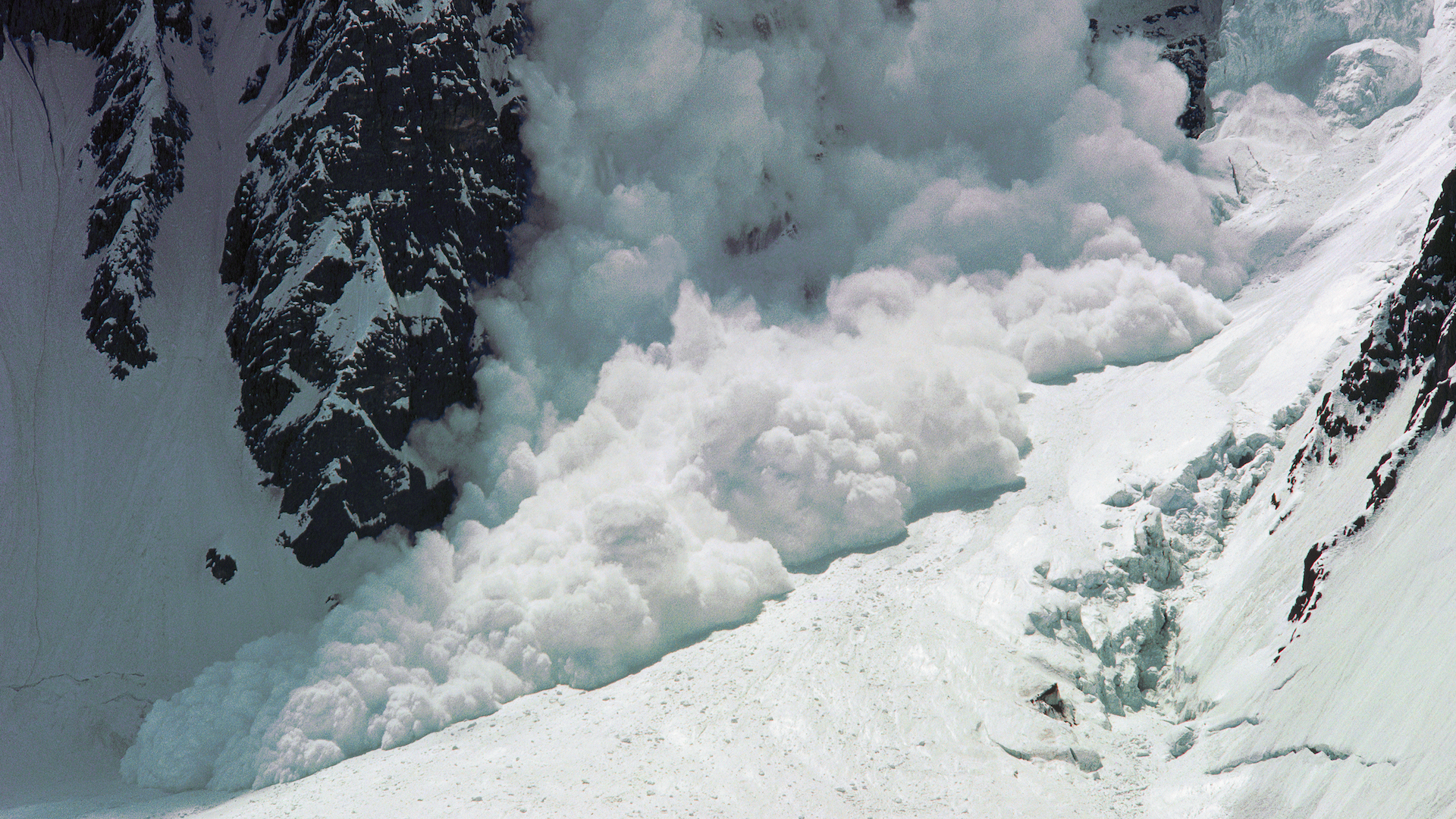
With teams scattered and the safety net of fixed ropes gone, the upper reaches of K2 were in disarray. Sherpas Chhiring Dorje, Pemba Gyalje and 'Little' Passang Lama made a bold descent of the Traverse and continued down the Bottleneck, back to Camp IV, where they met American Eric Meyer and Swede Fredrik Sträng, both hugely concerned about the developing situation above the Bottleneck. Meanwhile, two more sherpas, Chhiring Bhote and 'Big' Pasang Bhote set out from Camp IV to search for missing climbers, though they turned back around the Bottleneck, having rescued the stricken Go-Mi Sun.
Cas van de Gevel, from the Dutch expedition, was the last person to see Hugues d’Aubarède alive. The leader of the French-led independent expedition fell past the Dutchman and down through the Bottleneck, having rappelled off the end of his rope. K2 had claimed its fourth victim, and there were more to come.
At around 3am, members of the Korean team – Hwang Dong-jin, Park, Keyung-hyo, Kim Hyo-gyeong and Jumik Bhote – attempted to descend the traverse, only for a fall to result in their ropes becoming tangled. With one member lost over the edge of a precipice and the others trapped by the ropes, they faced a desperate situation.
Above the Koreans, Wilco van Rooijen, Marco Confortola and Gerald McDonnell wearily continued their descent, having endured an impromptu bivouac high on the mountain. At around 7am, and suffering symptoms of snow blindness, van Rooijen makes a hasty retreat, while Confortola and McDonnell go to the aid of the Koreans, who by this point were barely alive, and Jumik Bhote, who was succumbing to frostbite.
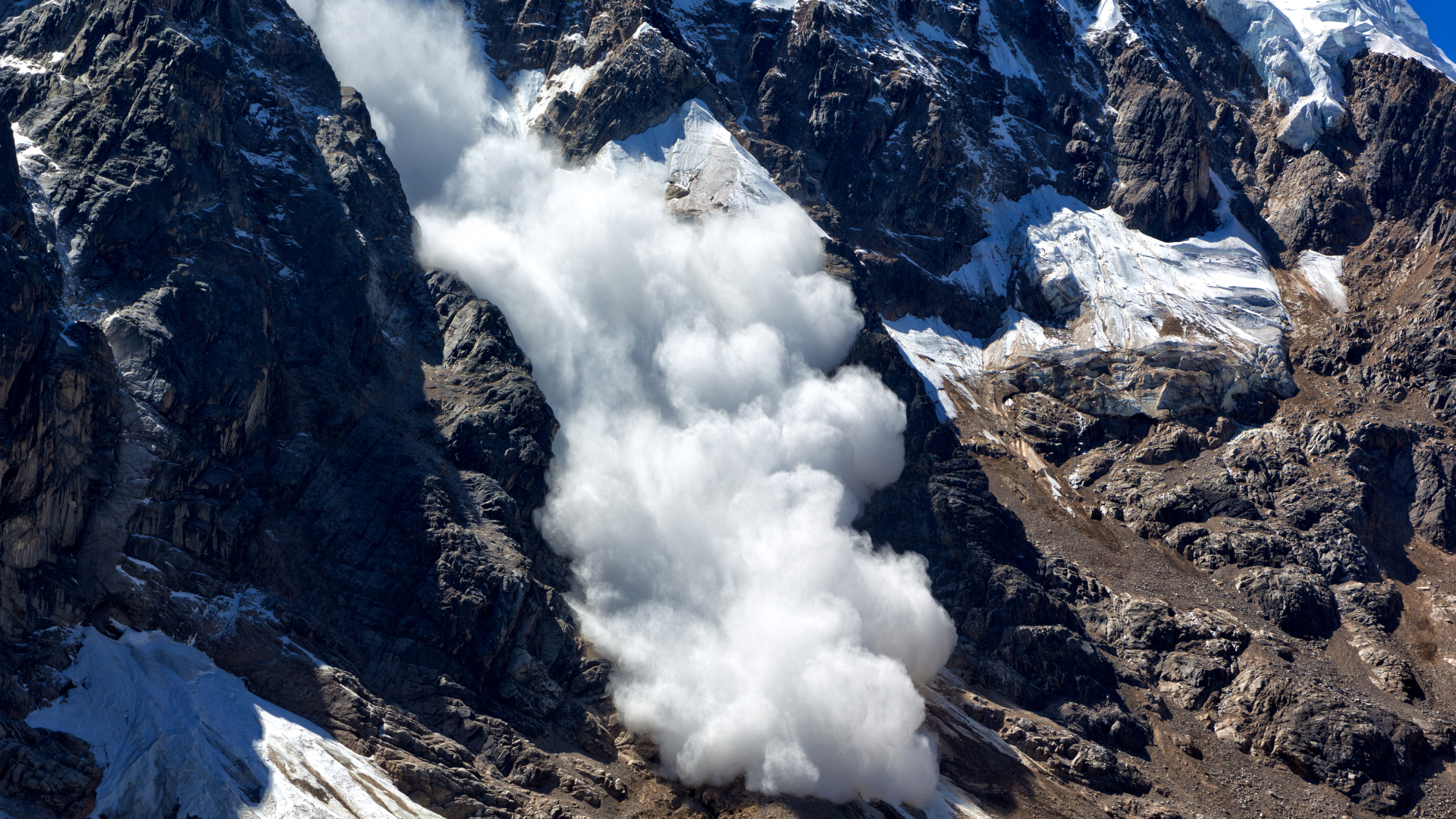
Accounts of what occurred between Confortola and McDonnell vary, with Confortola recounting that McDonnell began to move back up the mountain and out of sight in an altitude-induced delirium. After doing all he could for the stricken climbers, Confortola continued his descent. Following the ordeal, Van Rooijen would assert that McDonnell had climbed back up the mountain to establish a more solid anchor from which to assist the Koreans and Bhote, a heroic act if true. It's thought that McDonnell may have spent hours trying attempting to rescue the climbers.
During all of this, Karim Meherban, a HAP from the French-led expedition was unaccounted for, and what fate befell him remains a mystery. The most likely theory is that he spent the night high in the death zone, before becoming delirious with altitude and listlessly heading for the Great Serac in an attempt to get down. It’s thought he probably suffered a fall, or may have even been caught in an additional avalanche. His body was never found.
Chhiring Bhote and 'Big' Pasang Bhote set out again from Camp IV to attempt further rescues and were followed sometime after by Pemba Gyalje, who'd been alerted to the presence of Confortola in the Bottleneck, struggling badly. 'Big' Pasang Bhote moved further up and encountered Jumik Bhote and, according to some, two of the Korean team members, free from the ropes that had entangled them. (Some sources suggest the Korean’s had already died before this point.)
In a series of tragic twists, more serac collapses led to further avalanches. The first is believed to have killed McDonnell. 'Big' Pasang Bhote witnessed a climber in a red-and-black down suit swept away by the avalanche and he reported this over the radio to Pemba Gyalje. The climber matched McDonnell's description.
Then, shortly after this, the serac collapsed again, suddenly crashing down the mountain. 'Big' Pasang Bhote, Jumik Bhote, and the Koreans were swept to their deaths.
August 3 – rescues continue
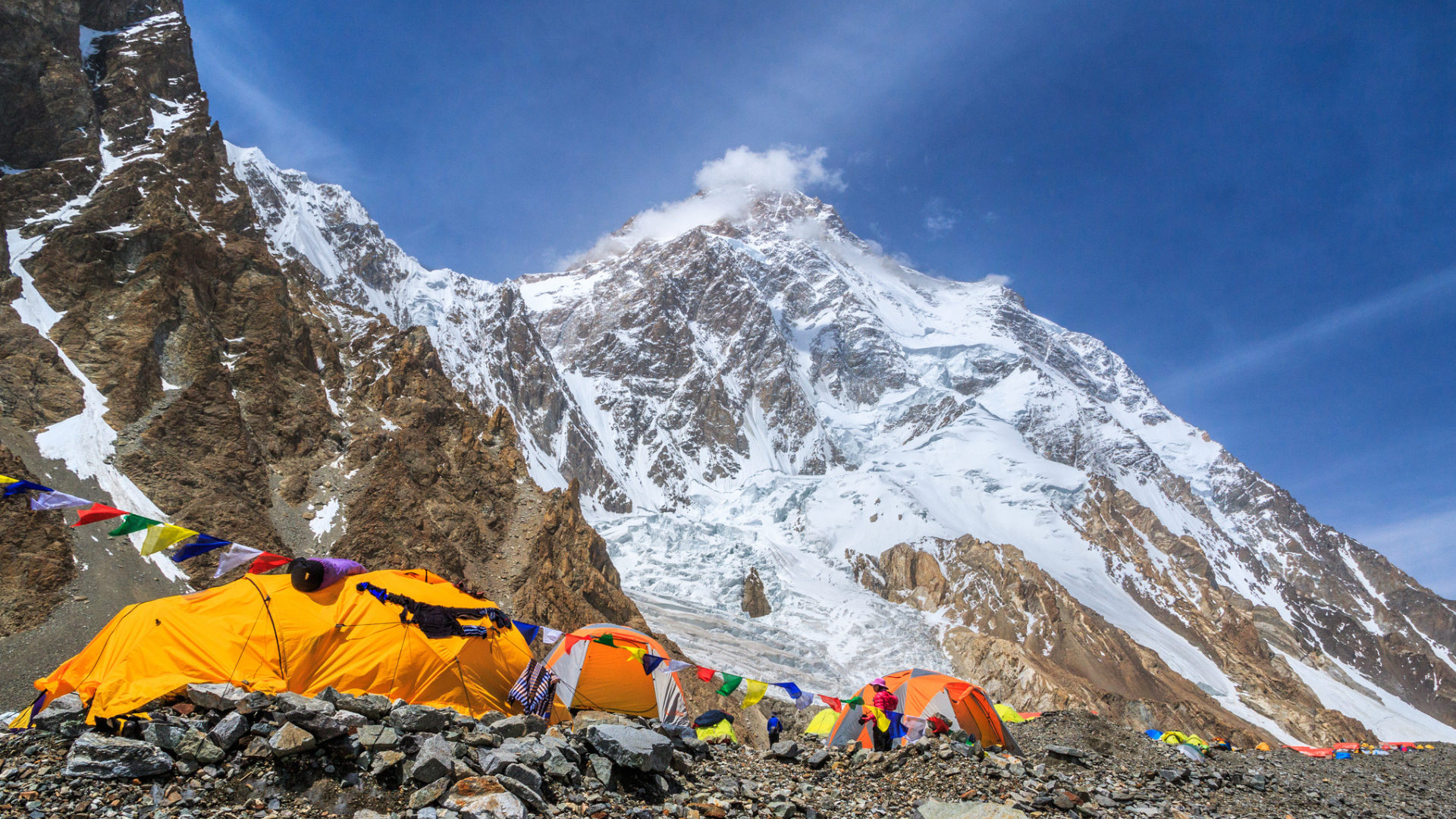
Remarkably, the almost snow blind van Rooijen had managed to descend a whole new route, unintentionally bypassing Camp IV. He was rescued by Pemba Gyalje and Cas van de Gevel on or near K2’s Česen route in the early morning. By 10pm, the three men made it back to base camp.
The fatalities
There were 11 fatalities, making the 2008 disaster the worst in K2’s history. The names of those who died, their nationalities, where their deaths occurred and what caused them are listed in the table below.
Name |
Nationality |
Location of fatality |
Cause of fatality |
|---|---|---|---|
Dren Mandić |
Serbian |
Beneath the Bottleneck |
Slipped and well while unclipped from the fixed line |
Jehan Baig |
Pakistani |
Beneath the Bottleneck |
Slipped and well while suffering from the effects of altitude when recovering Mandic's body |
Rolf Bae |
Norwegian |
The Traverse |
Killed when the first serac fell during the descent |
Hugues D'Aubaréde |
French |
The Bottleneck |
Went off the end of his rope when rappelling in the Bottleneck region |
Gerard McDonnell |
Irish |
The Traverse |
Although the exact circumstances are contested, it's possible he fell to his death after one of the serac collapses |
Karim Meherban |
Pakistan |
Unclear – probably above the Bottleneck |
A mystery to this day, it's likely that Meherban was killed by one of the collapsing seracs or suffered a fall |
Park Hyeong-hyo |
South Korean |
The Traverse |
Swept away by the final serac fall |
Kim Hyo-gyeong |
South Korean |
The Traverse |
Swept away by the final serac fall |
Hwang Dong-jin |
South Korean |
The Traverse |
Swept away by the final serac fall |
Jumik Bhote |
Nepalese |
The Traverse |
Swept away by the final serac fall |
'Big' Pasang Bhote |
Nepalese |
The Traverse |
Swept away by the final serac fall while attempting to rescue the Korean team members and Jumik Bhote |

